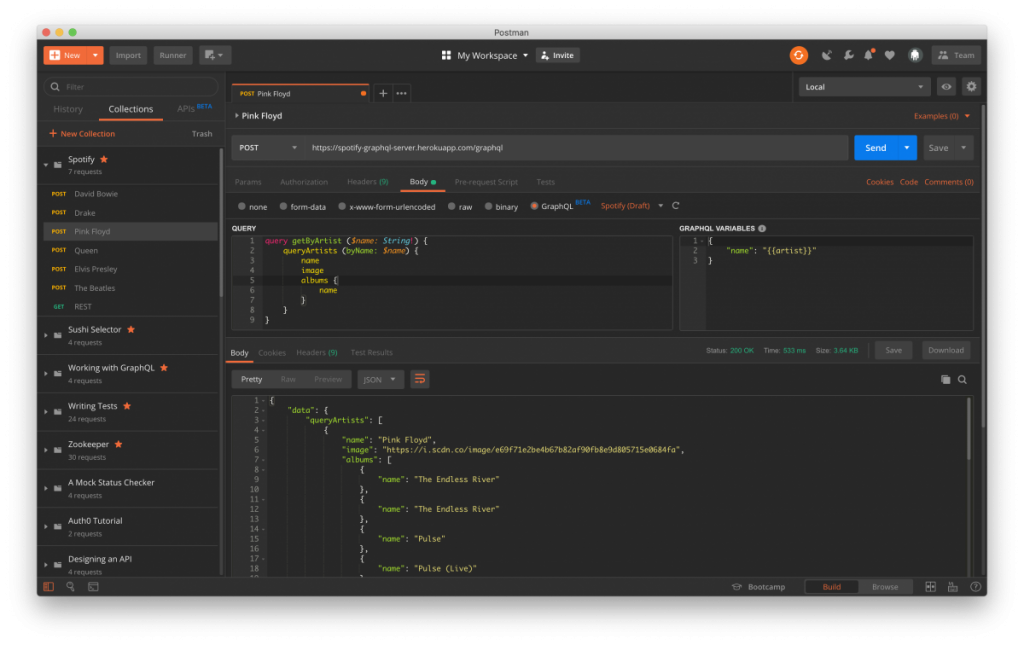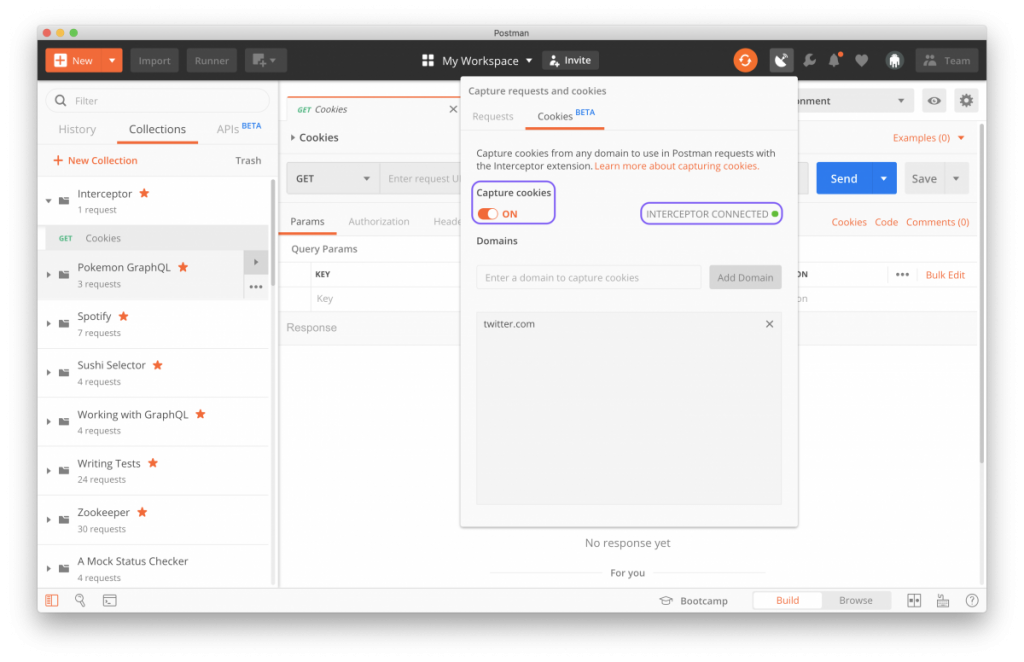Postman Quarterly Release Overview: Q2 2019
It’s that time again – Postman quarterly release overview: Q2 2019. To make it easier for our community to keep track of all of our latest features and improvements, we’ll be reviewing our progress every quarter.
Last quarter I talked about how over the last year, Postman has averaged a new release nearly every two working days and in Q2 2019, we’ve continued that trend. While Q1 2019 was a big quarter for Postman – we released OpenAPI 3.0 support, in-app Postman Bootcamp lessons, GitHub and GitLab integrations, forking and merging, improved commenting capabilities, and extended roles and permissions; Q2 may have been an even bigger quarter. Here’s a review of Postman’s biggest Q2 releases:
Create APIs Directly in Postman
In our v7.1 release, we made the API front and center and enabled users to cover every aspect of API development without ever leaving the Postman app with the introduction of the API tab, API elements, API versioning, version tagging, and schema support and editing. This covers everything from designing a schema to building out test suites and generating live documentation.
Users can create their own schema from scratch, edit, or import a schema in their preferred format. Versioning and version tagging enables teams to create and collaborate on and maintain multiple versions of an API simultaneously, view the diff, and merge changes to maintain a single source of truth.

Learn more about creating APIs directly in Postman.
Postman supports GraphQL
GraphQL support was our number two most requested feature on GitHub so bringing this spec to Postman was kind of a big deal. Graph QL is a query language that makes it easy for developers to specify data responses, especially when working with APIs that return a large number of data points.
Postman is proud to support sending GraphQL queries in the request body, GraphQL variables, and Query autocompletion. You can now write and import GraphQL specifications in Postman – just download the latest version of Postman to get started.

Learn more about using GraphQL in Postman.
Postman brought back Interceptor for cookie syncing
Interceptor was previously only available as Chrome extension on the deprecated Chrome app. Now, the functionality of Interceptor is available on our Postman native apps for macOS, Linux, and Windows. You can now specify browser domains in Postman to capture cookies for those sites and sync them to your instance of Postman.
Note: if you need to capture requests, use Postman’s built-in proxy.

Learn more about syncing cookies with Postman Interceptor.
Build custom webhooks using Postman
The custom webhooks integration allows you to create workflows between Postman and the tools you use. Right now, Postman supports three types of actions that can be customized using a custom webhook – backing up your Postman collections, sharing results from an existing Postman monitor, and sending your Postman team’s activity feed.
Learn more about creating custom webhooks in Postman.
Postman got SOC 2 certified
Postman takes security seriously and we know our Enterprise customers do too. Postman completed the Service Organization Controls (SOC) 2 Type 1 audit with no exceptions, ensuring security, availability, processing integrity, confidentiality, and privacy.
Read more about Postman’s SOC 2 certification.
What’s Next?
And that’s a wrap on Q2. As usual, we encourage you to explore our newest features and keep sharing your suggestions and feedback with us on our community forum. We’ll keep you updated on our Q3 releases. To get a more long-term view of our release pipeline, check out our Developer Roadmap.
To be the first to try out our newest features, download our canary app!

What do you think about this topic? Tell us in a comment below.